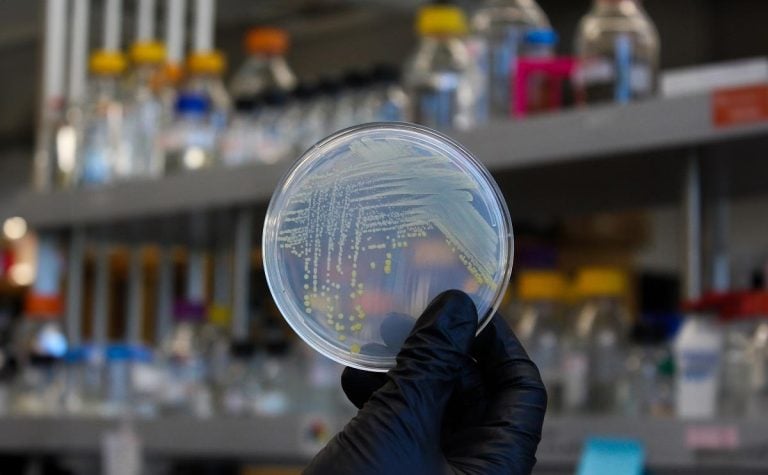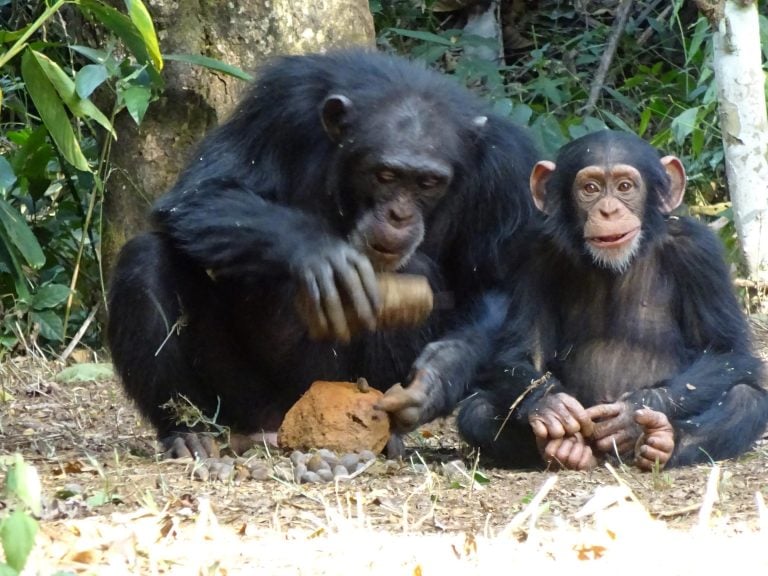Soil is teeming with life, and researchers have made a groundbreaking discovery about the complex interactions between microbes in soil. A recent study has shed light on how microbes share resources, specifically corrinoids, a group of nutrients related to vitamin B12. This finding has significant implications for our understanding of soil health and ecosystem function.
The Hidden World of Soil Microbes
Soil microbiomes are incredibly diverse, with up to 10,000 species present in just a single cup of soil. These microbes play a crucial role in nutrient and carbon cycling, and their interactions with each other and their environment are complex and not fully understood.
Corrinoids: The Key to Microbial Interactions
Corrinoids, a group of nutrients that includes vitamin B12, are essential for microbial growth and survival. However, many environmental bacteria cannot produce these nutrients on their own, so they must rely on other microbes to supply them. Researchers have found that corrinoids play a critical role in shaping microbiome assembly and activity in soil.
How Microbes Share Resources
The study revealed that some microbes produce corrinoids and release them into the environment, where they can be used by other microbes. This process is known as “cross-feeding,” and it allows microbes to share resources and cooperate with each other.
Implications for Soil Health and Ecosystem Function
The discovery of how microbes share corrinoids has significant implications for our understanding of soil health and ecosystem function. By understanding how microbes interact with each other and their environment, researchers can develop new strategies for managing soil microbiomes and improving ecosystem function.
Potential Applications
The findings of this study could have significant applications in fields such as agriculture, conservation, and environmental remediation. For example, researchers could use corrinoids to manipulate soil microbiomes and improve soil fertility, or to develop new strategies for cleaning up contaminated soil.
Conclusion
The discovery of how microbes share corrinoids is a significant breakthrough in our understanding of soil microbiomes and ecosystem function. By continuing to study the complex interactions between microbes in soil, researchers can develop new strategies for managing soil health and improving ecosystem function.
Share Your Thoughts
What do you think about the importance of soil microbiomes and ecosystem function? Share your thoughts in the comments below!
Reference
“Corrinoid exchange within and between microbial populations in soil” by [Author’s Name] et al., published in the journal Nature Communications.









